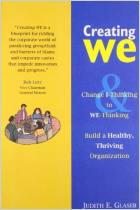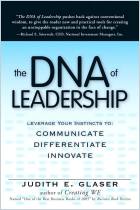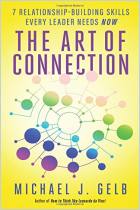Conversations go far beyond mere exchanges of information. Conversations affect your relationships, worldview and culture. Good conversations foster stronger, positive relationships; bad ones can destroy relationships. Organizational anthropologist Judith E. Glaser discusses how to move beyond fear and distrust to have more meaningful, useful discussions. She categorizes conversations on three levels, from routine to elevated. Her focused coverage of neuroscience will hold your interest, though it lacks practical examples. The most helpful section is the short entry on using the three R’s – “Reframing, Refocusing, Redirecting” – to work through difficult conversations. getAbstract recommends Glaser’s insights to supervisors, managers and employees who want to improve their workplace relationships and increase their productivity.
Pleased to Meet You: On Three Levels
Conversational Intelligence (CI) functions on three levels. At Level I – the most basic level – people ask and answer questions, share information or conduct transactions. At the next point, Level II, people share viewpoints and try to guide others toward them in “positional” conversations. At Level III – the highest level – people speak and listen in order to “transform and shape reality together” in a “co-creating conversation.” The brain is hardwired to achieve Level III conversations, but negative emotions – fear and distrust – often interfere with reception. Trust enables healthy conversations and allows relationships to flourish.
Part I – Trust and Distrust in Conversations
When you trust people, you’re more receptive to what they say. When you lack trust, you’re not receptive. Your brain shuts down. You’re less likely to listen to others or to hear them out. The emotions of trust and distrust activate different areas of your brain. Distrust occurs in the more primitive, emotion-centered amygdala; trust takes place in the higher-functioning “executive level” prefrontal cortex. The prefrontal cortex makes judgments, ...
Judith E. Glaser, an organizational anthropologist, is the CEO of Benchmark Communications and the chairman of The Creating WE Institute.

















Comment on this summary